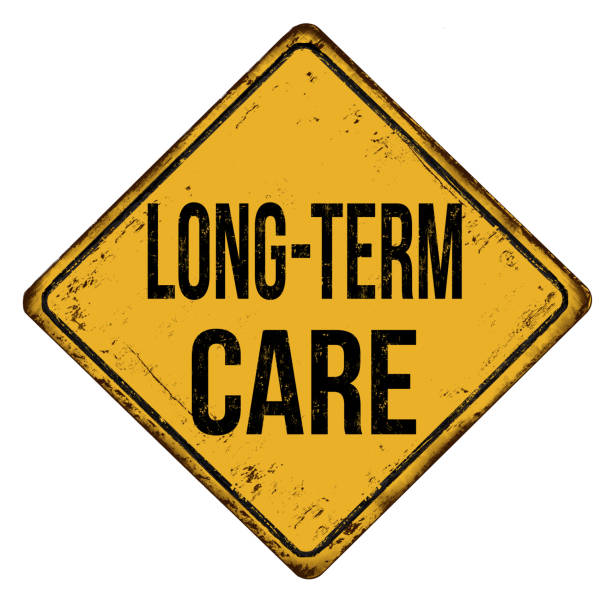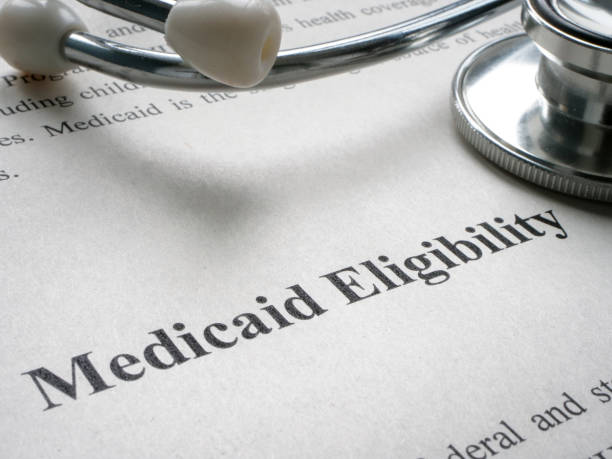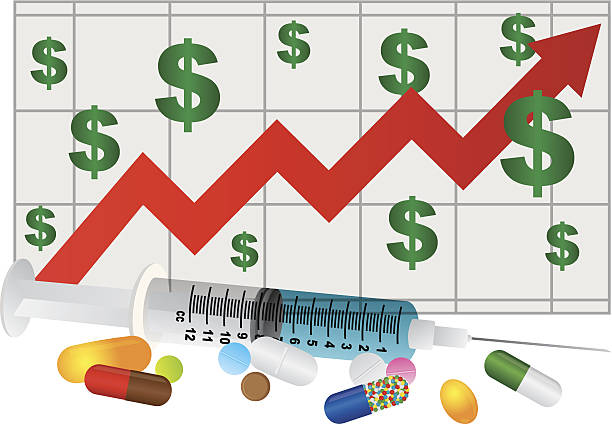This morning the Washington State Office of the Insurance Commissioner (OIC) released the health insurance premium changes for 2017 in the individual market place. (here) The average increase is 13.6 percent with a total of 13 insurance companies offering 151 plans overall. Inside the Obamacare exchange, nine companies will offer 98 plans and outside the exchange, seven carriers will offer 56 plans.
The national average increase for the most popular plans sold inside the exchanges in 2017 is 25 percent. (here) Approximately 85 percent of people purchasing plans in the Obamacare exchanges nationally receive taxpayer subsidies, whereas in Washington state 70 of people receive subsidies.
Although Washington state seems to be doing better than other states in its individual market, there are some red flags in the OIC report. Premera Blue Cross and its subsidiary LifeWise, one of the state’s largest carriers, will no longer sell statewide and will stop selling plans outside of the exchange. Even inside the exchange, Premera asked for an 18.9 percent increase.
These substantial premium rate increases continue to reflect the imbalance in the composition of people buying insurance in the individual market. Older, sicker people and not young, healthy people are utilizing the exchanges. The architects of Obamacare estimated that young, healthy folks needed to make up at least 40 percent of the market to financially support sicker people. Because of high premium costs, low penalty costs, unwanted benefit mandates and the ability to sign up for insurance after they become ill, the young and healthy only account for 28 percent overall in this marketplace. (here)
The OIC report defends the rate increases by saying that almost half the people in Washington state receive their health insurance through their employers and consequently won’t be affected by the rate hikes. However, the cost of living only went up one percent this year, whereas premiums in the employer market went up an average of six percent and deductibles went up as well. (here) This employer-paid rate increases are a direct result of the regulations and mandates in Obamacare.
The OIC also argues that people purchasing insurance inside the exchange can get offsetting or higher subsidies, so the actual increase won’t be as onerous. This is simply shifting costs from the consumer to taxpayers, or to the federal debt.
The OIC predicts that the state will see a leveling-off or stabilization of premium rates in the next few years. There is no evidence for this position.
Obamacare continues to affect all segments of our health care system. The individual market is in a death spiral. The two options at this point are a huge infusion of taxpayer dollars or repealing the Affordable Care Act and starting over with a consumer-based health care delivery system.





